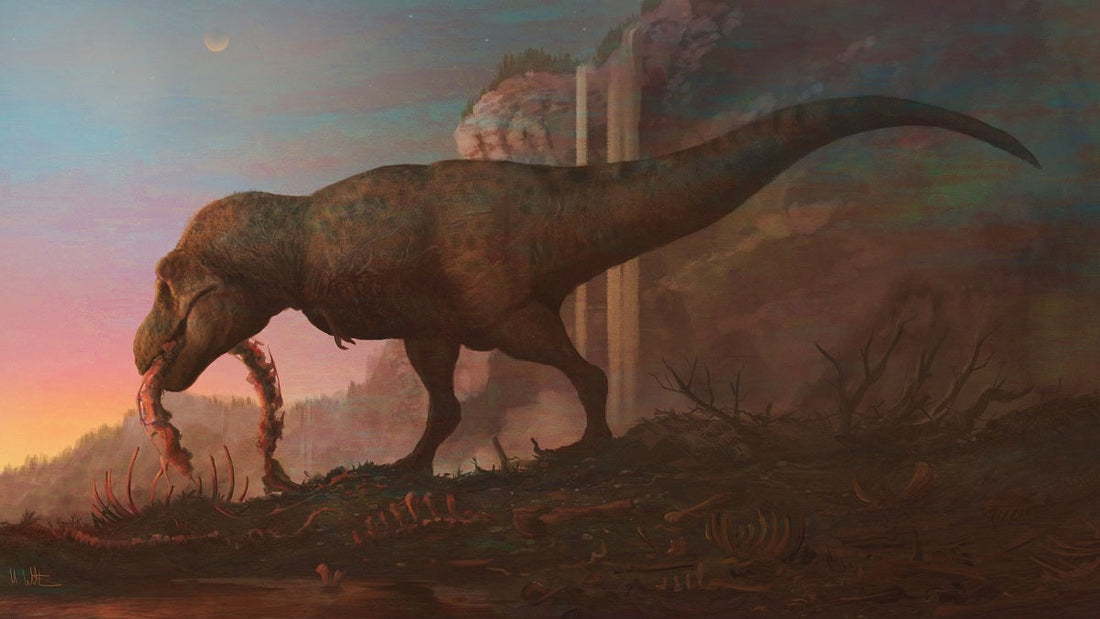
The Story of T. rex: 120 Years Since Its Naming
This week marked a milestone in paleontology: 120 years ago, on October 4, 1905, the name Tyrannosaurus rex was formally published by paleontologist Henry Fairfield Osborn. That moment gave the world one of its most iconic dinosaur names—and set in motion over a century of discovery, debate, and fascination.
From Tooth to Title
Before T. rex had a name, its bones were just fragments in museum collections. Barnum Brown (a fossil hunter working for the American Museum of Natural History) excavated key bones in Montana. Osborn examined them, compared them to other known theropods, and declared it a new genus and species: Tyrannosaurus rex, meaning “tyrant lizard king.”

The name was bold and ambitious—designed to capture the fear, majesty, and dominance of this creature.
Why It Captured Our Imagination
Over the decades, T. rex grew bigger in public myth than in the fossil record. It became the poster child of dinosaurs—a symbol of raw power, fear, and mystery. From museum halls to movies, we elevated the “tyrant king” to near-mythical status.
Yet behind the legend is real science: paleontologists have since found dozens of specimens, each adding nuance—injuries, growth patterns, debates over speed, behavior, and even coloration.

Field Museum in Chicago, Illinois
One recent discovery also shines a new light on T. rex’s ancestry: Khankhuuluu mongoliensis, nicknamed the “Dragon Prince,” is an evolutionary precursor that lived ~86 million years ago—offering clues about how tyrannosaurs evolved.
What Naming Meant—and How the Story Continues
Giving a name is more than label—it’s a claim, a classification, a lens through which we view fossils. That 1905 naming anchored Tyrannosaurus rex in scientific discourse and left a legacy we still build upon.
But the story isn’t static. New finds, techniques (like CT scans, isotope analysis, ancient DNA traces) and even contested specimens keep shifting our understanding. For example, debates still swirl over how fast T. rex could move, how much muscle it had, and how it hunted or scavenged.
 Prehistoric Planet, Apple TV
Prehistoric Planet, Apple TV
This anniversary isn’t just a celebration—it’s a reminder: science is always evolving. T. rex may bear the name Osborn gave it 120 years ago, but our picture of it is constantly being repainted.
